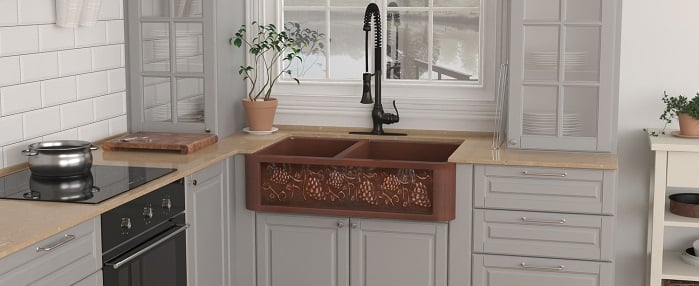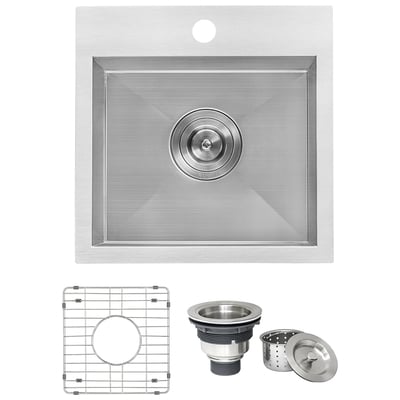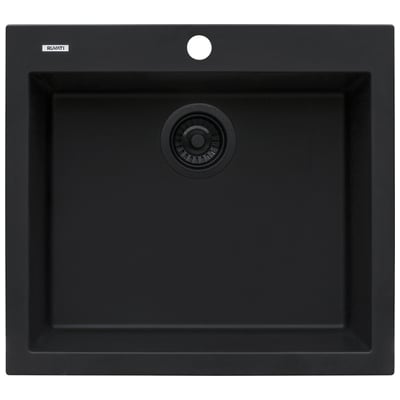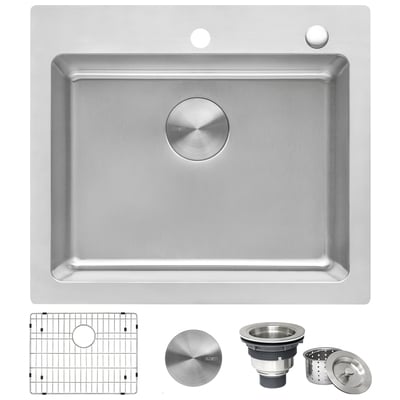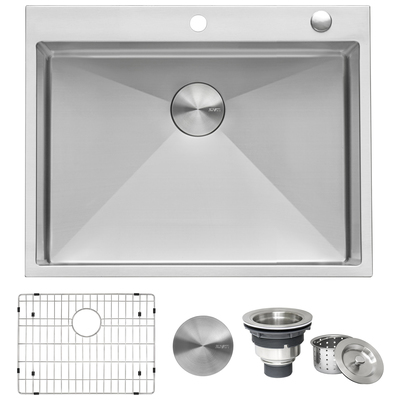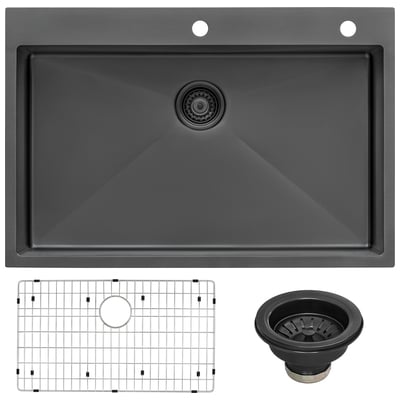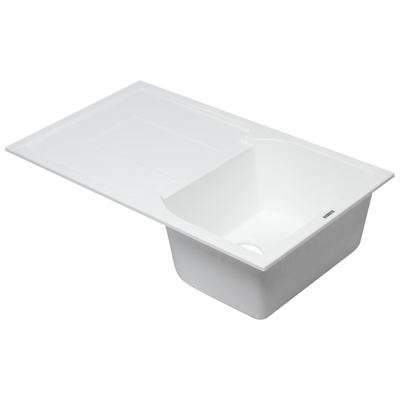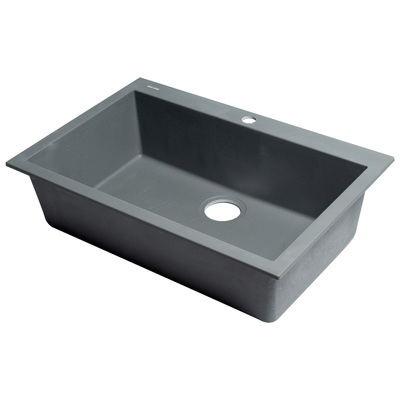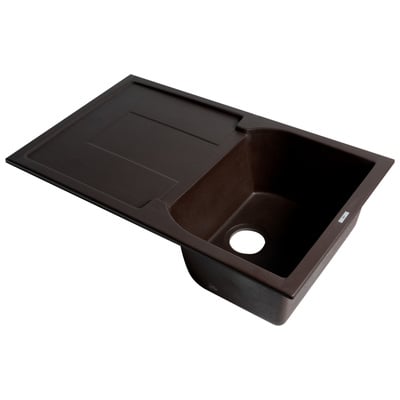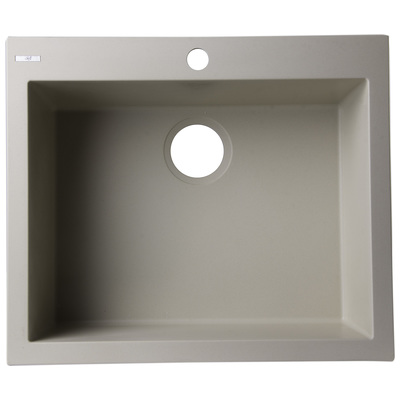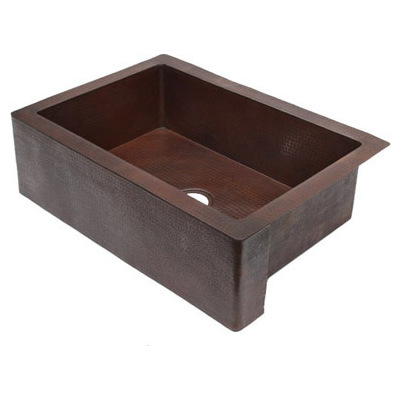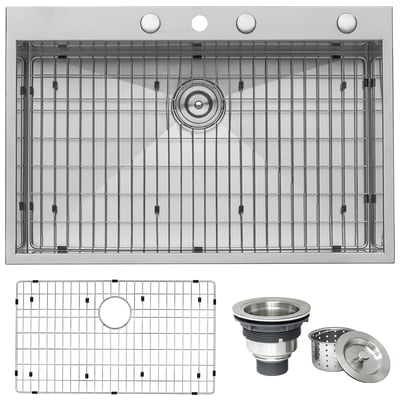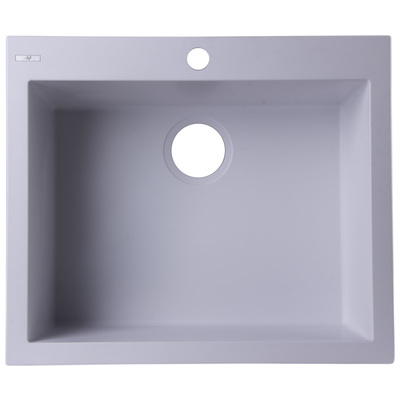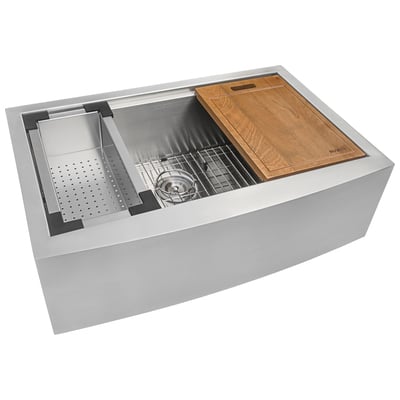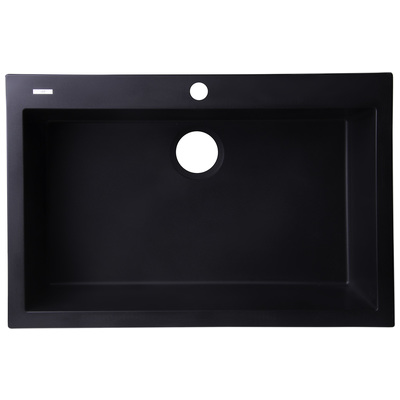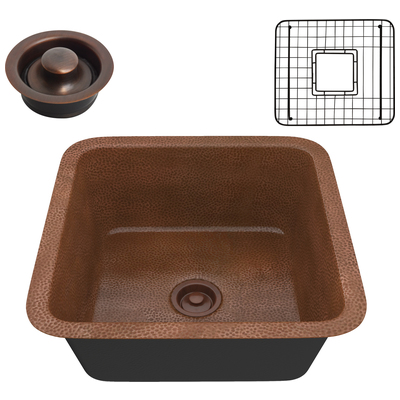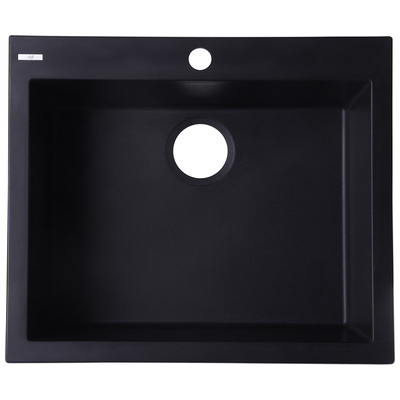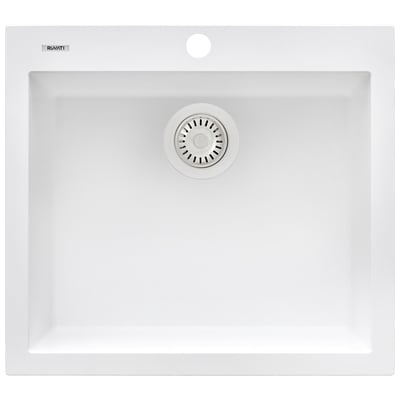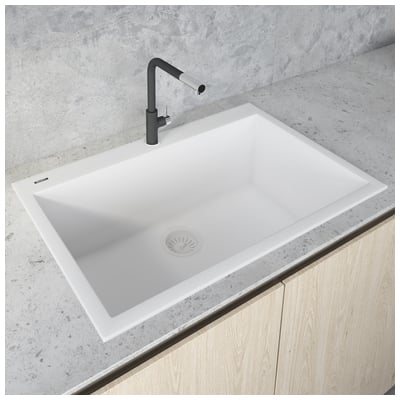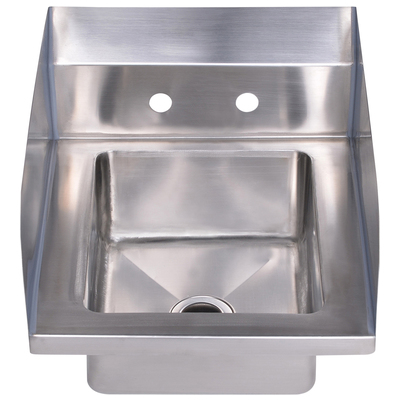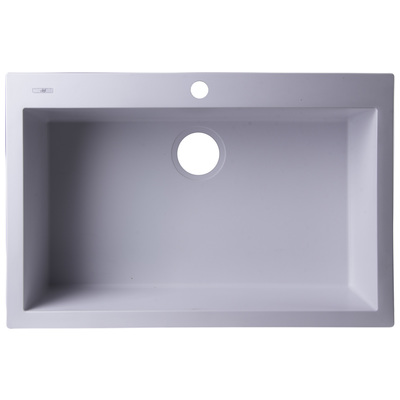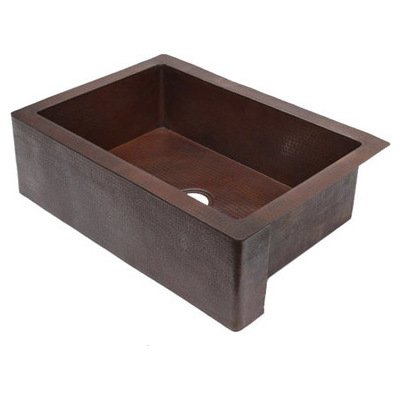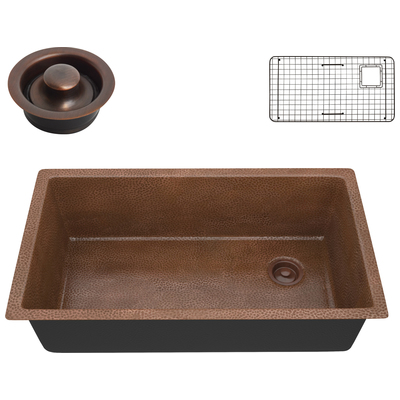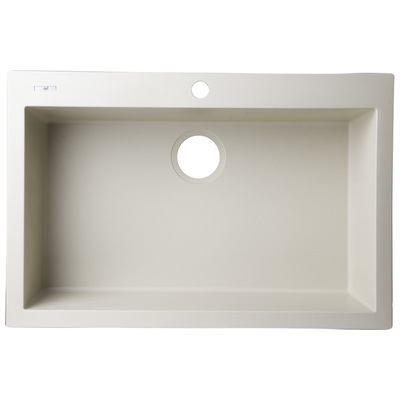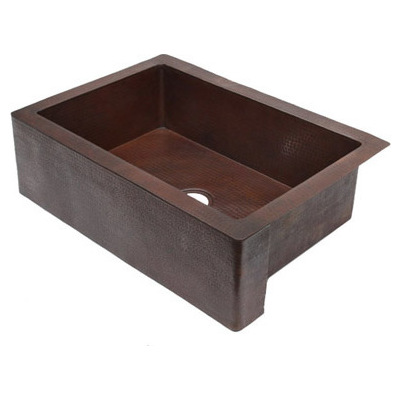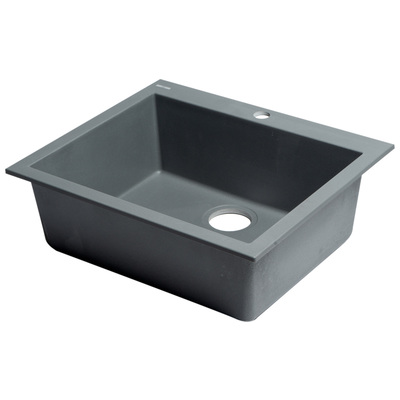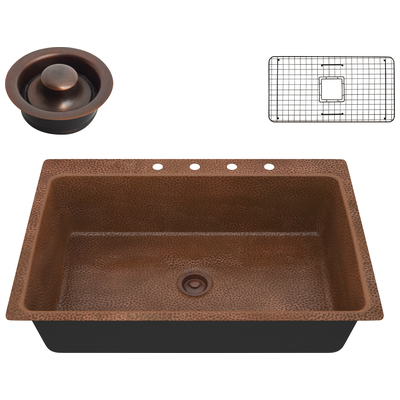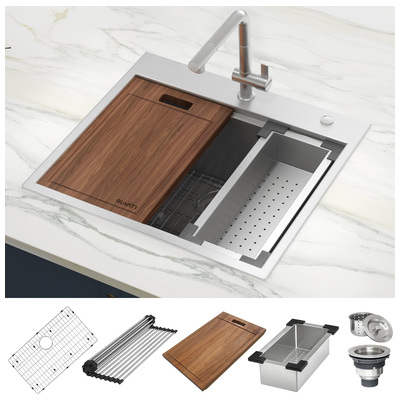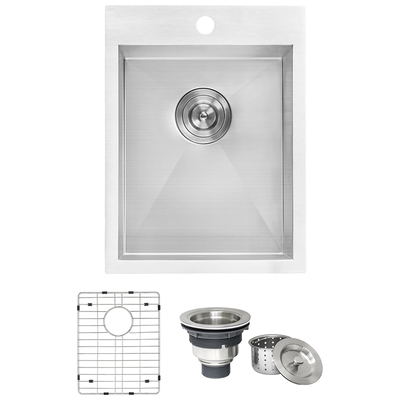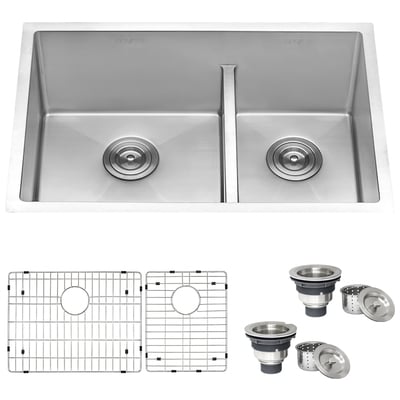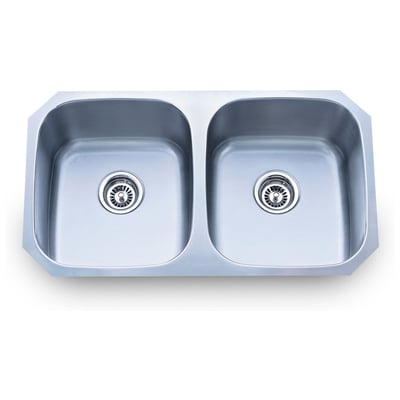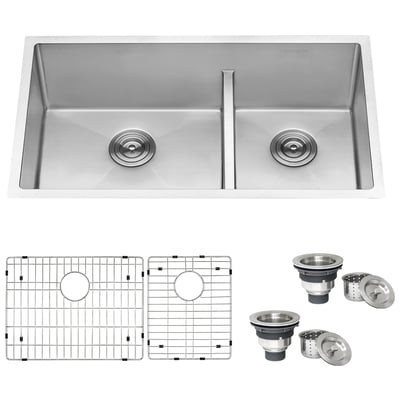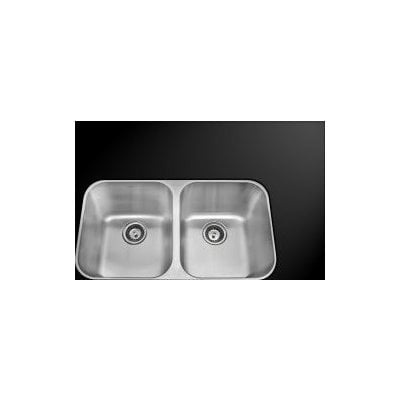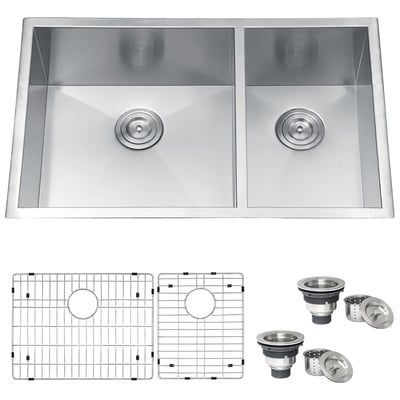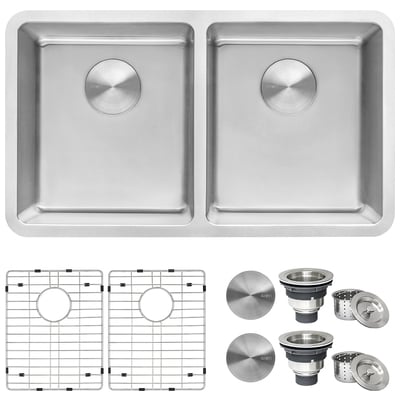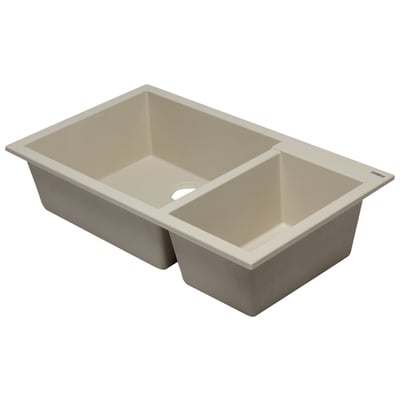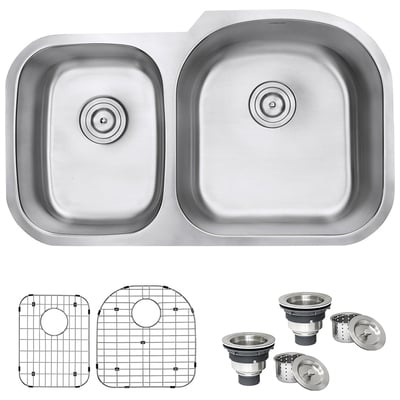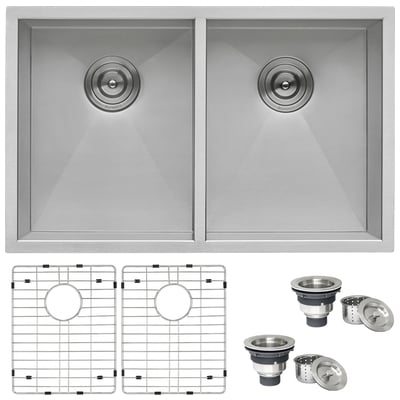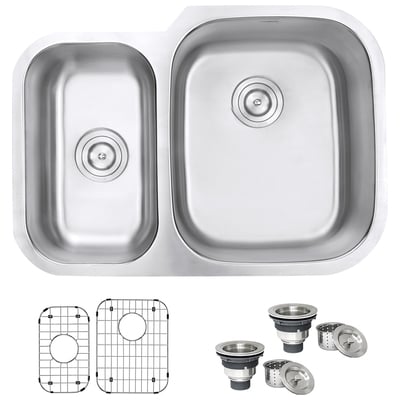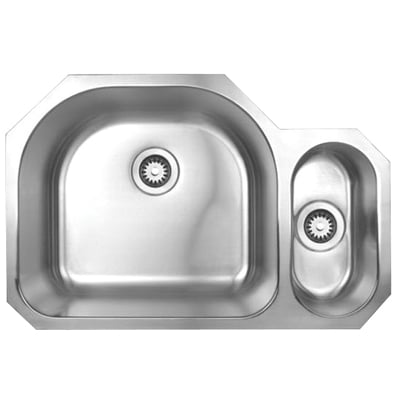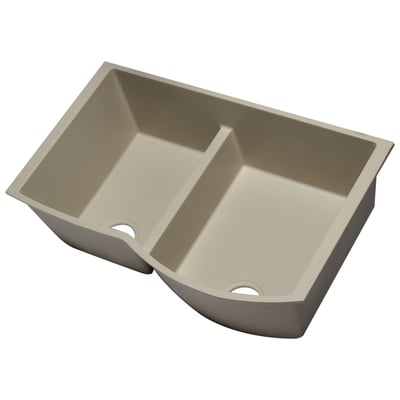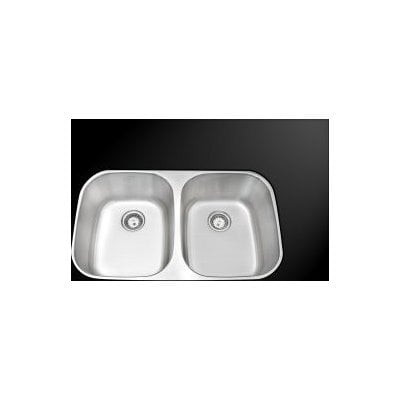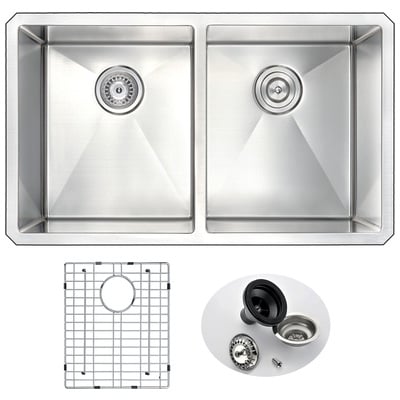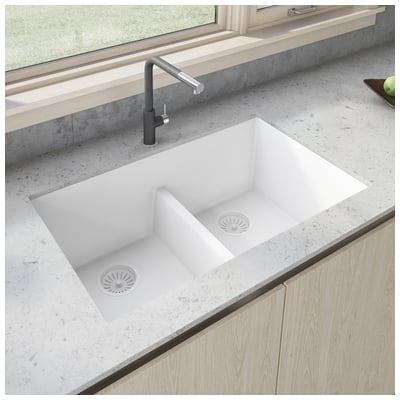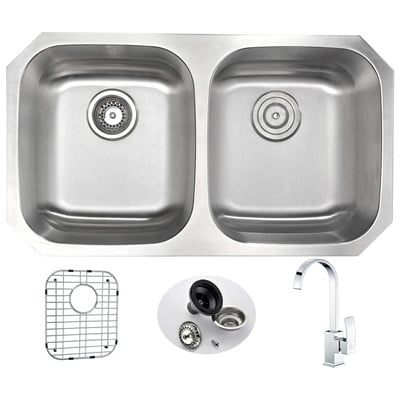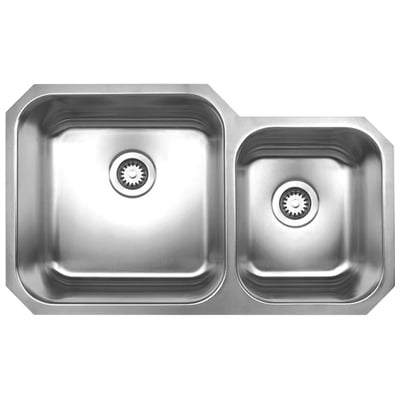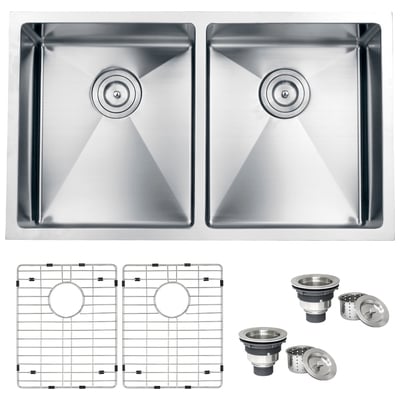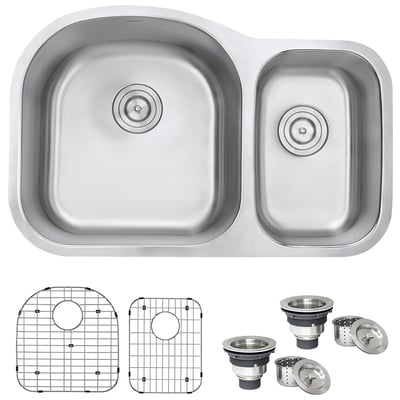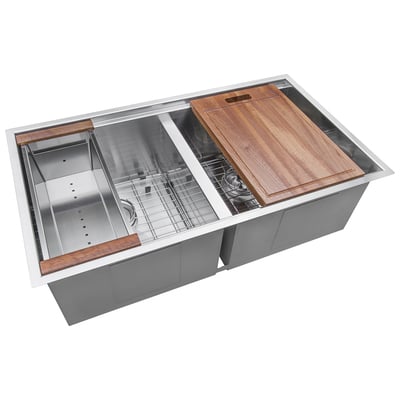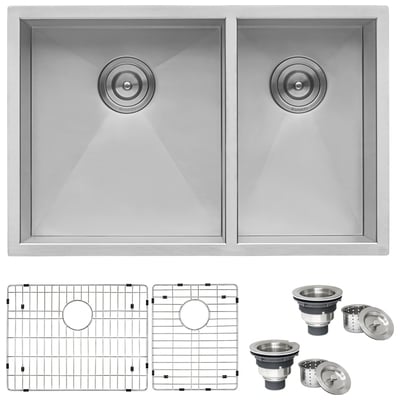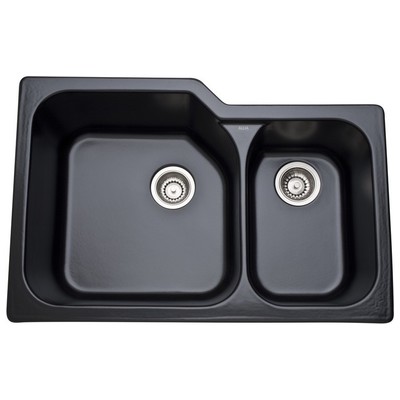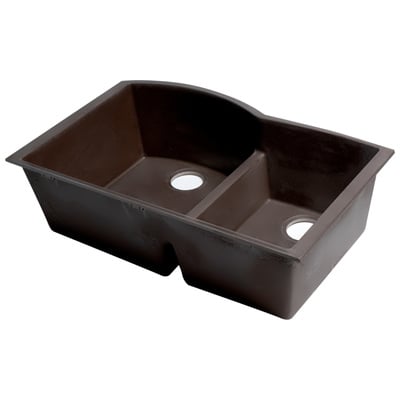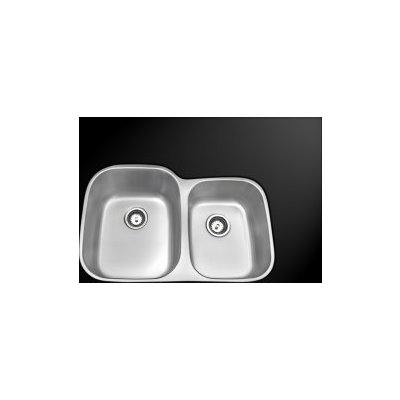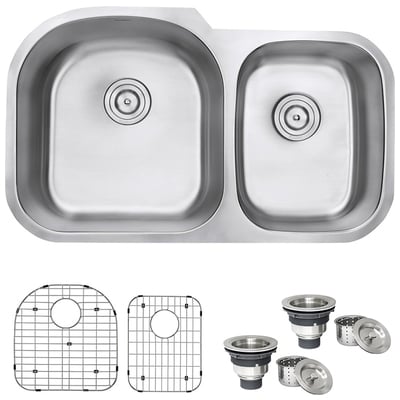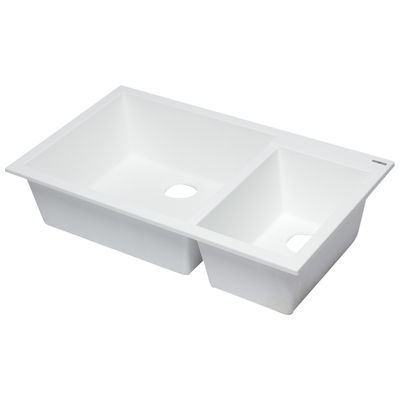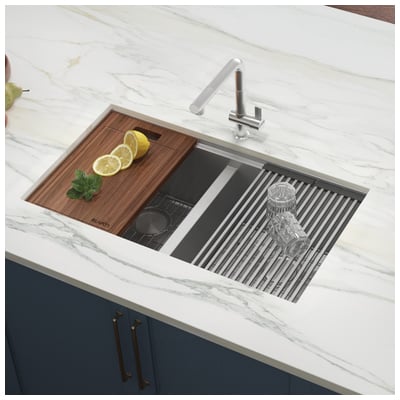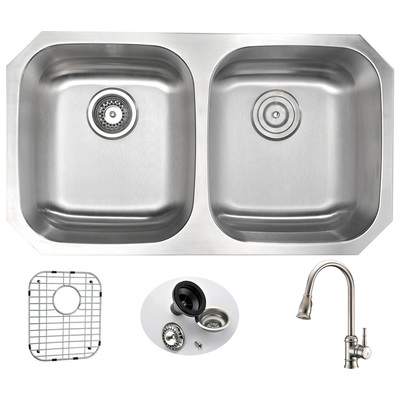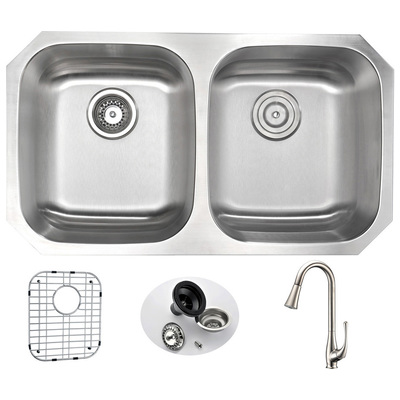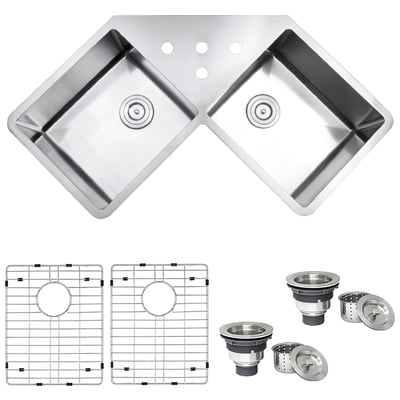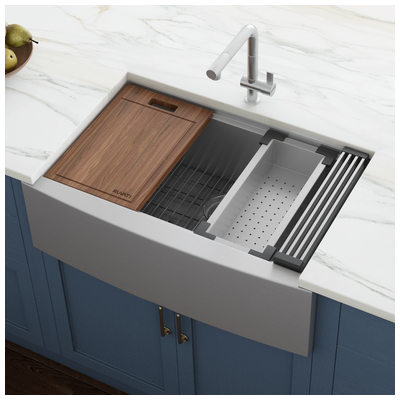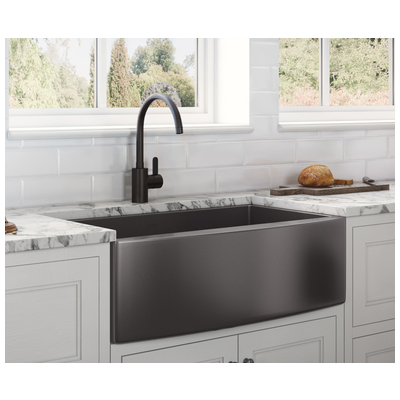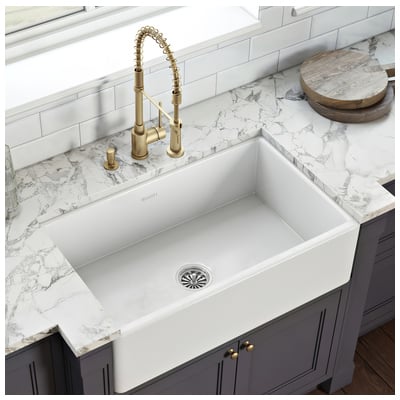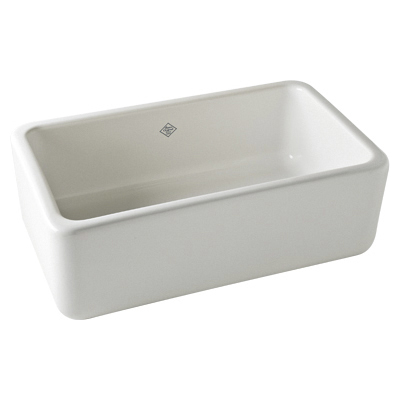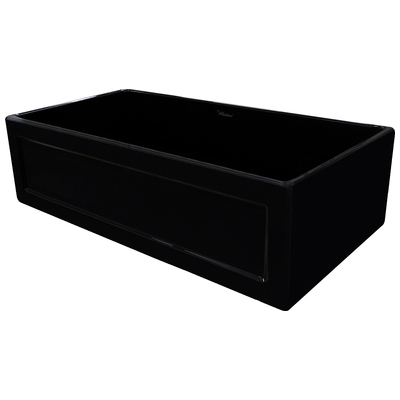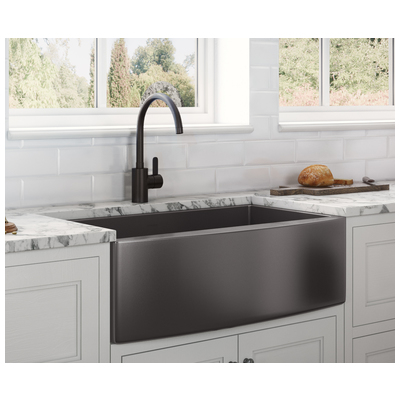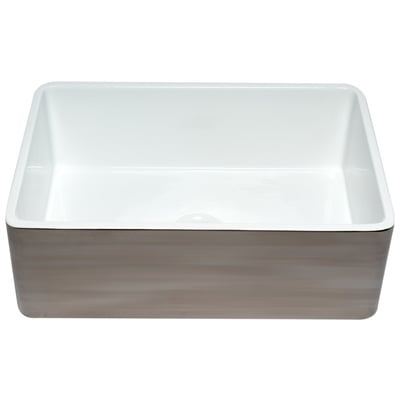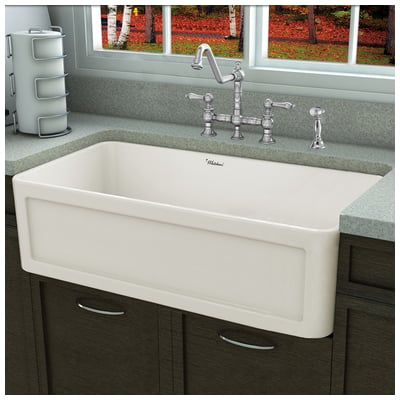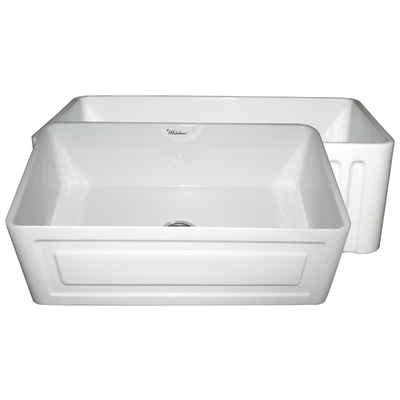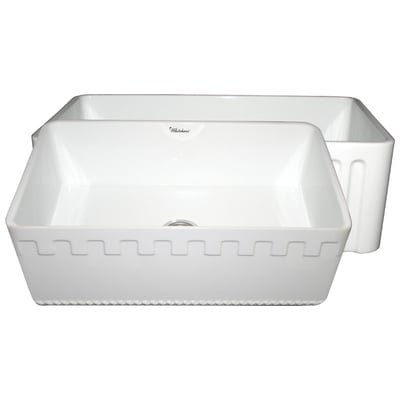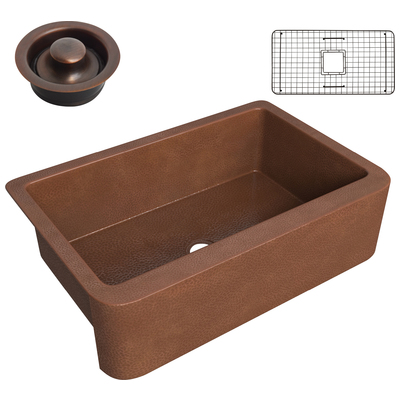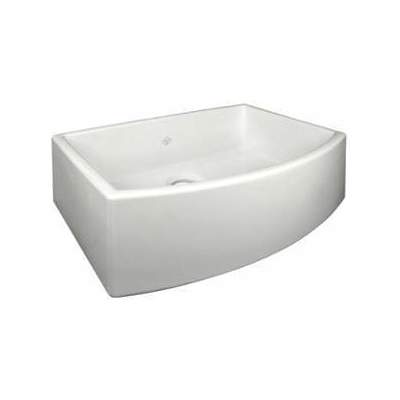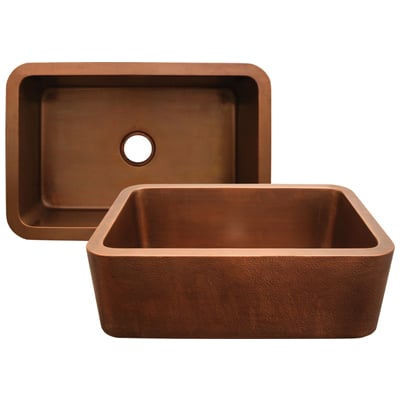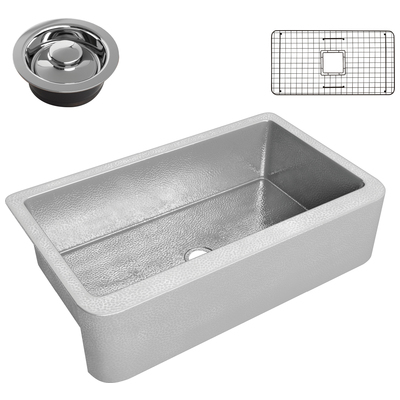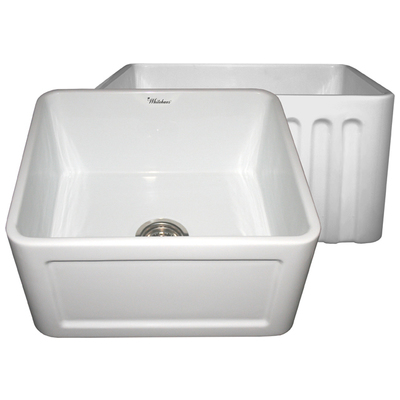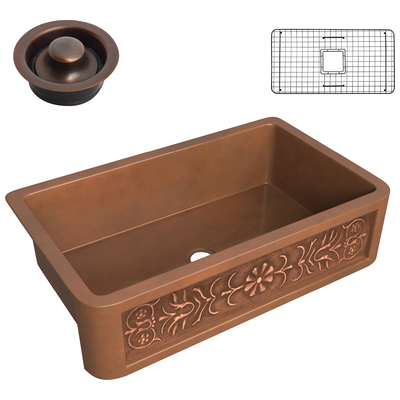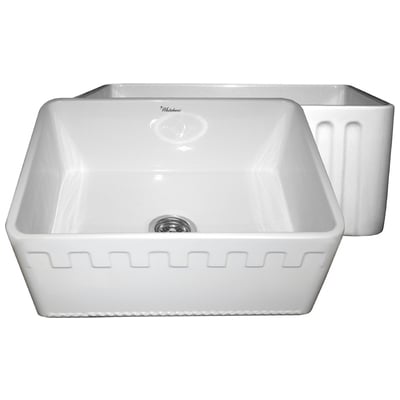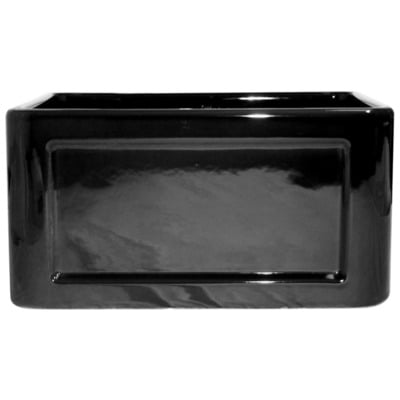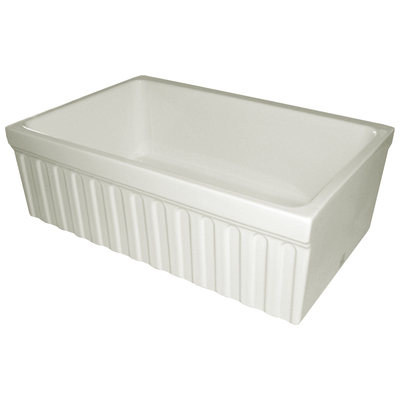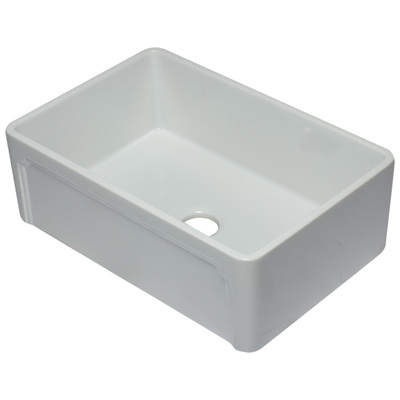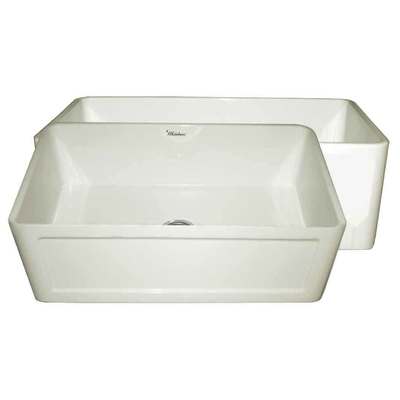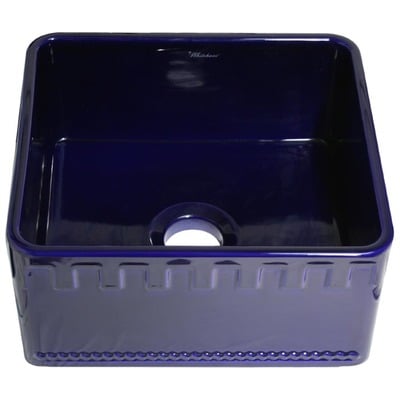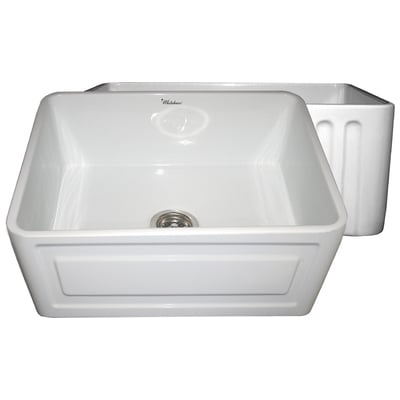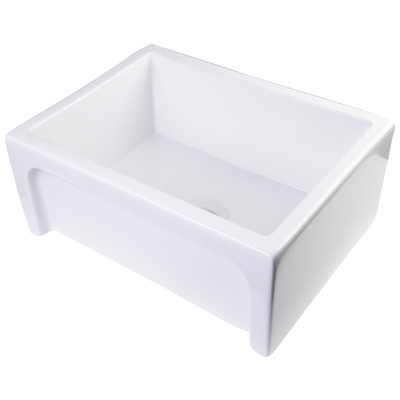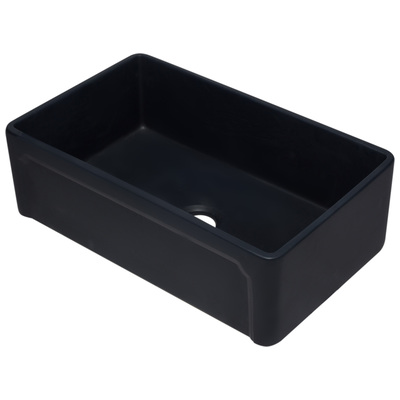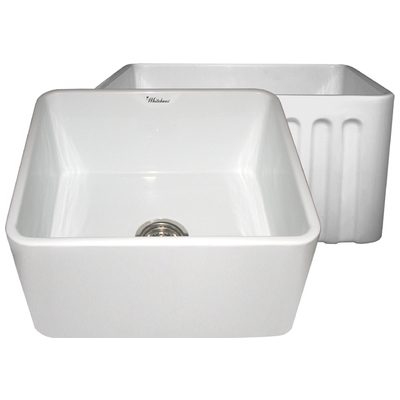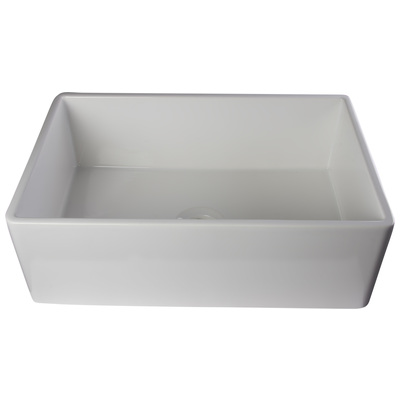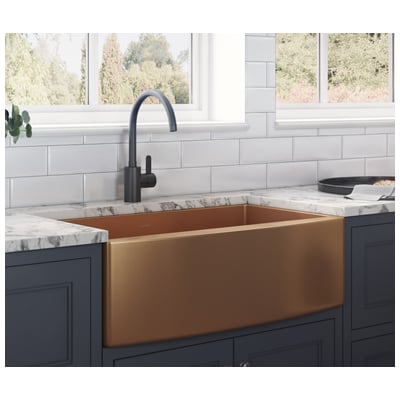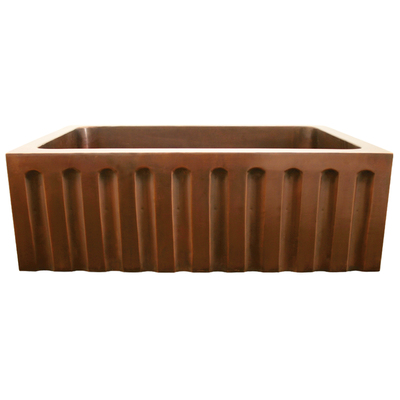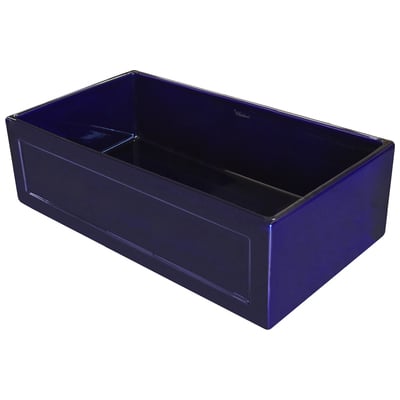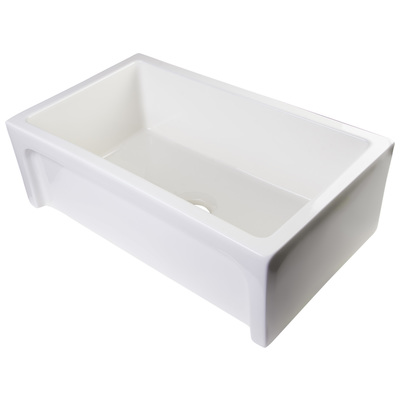There are three main types of kitchen sinks: drop-in, undermount, and apron or farmhouse. If you’ve been planning a big renovation, chances are you’ve seen plenty of the latter. Apron fronted sinks have become almost ubiquitous in contemporary kitchen design – to the point that it’s starting to become a rarity to find other types of sinks out in the wild. That said, it’s important to remember that farmhouse style sinks aren’t your only option – and that every type of kitchen sink has its own pros and cons.
Drop In Kitchen Sink
Drop-in sinks are more or less what they sound like: they’re sinks you install by simply “dropping” them into the appropriate hole in your kitchen counter. A built-in rim around the edge of the sink will sit on top of your counter, and the weight of the sink (plus gravity) will secure the whole thing in place.
Pros
The big advantage of drop in kitchen sinks is that basically anyone can install one, without any specialized tools or skills. They also give you quite a bit of wiggle room in terms of installation; while other types of sinks need to be very precisely matched to your counter and cabinets, drop in sinks with a wide enough rim can be used with countertops that were cut to accommodate another sink. That’s a big deal if you want to upgrade your sink without doing a much larger-scale renovation. These sinks also come in a fairly wide variety of materials, finishes, and basin layouts, so it’s easy to get the right setup for your needs.
Cons
So why aren’t drop-in sinks the gold standard? Because, frankly, people are usually more familiar with ones that are builder-grade. Their ease of installation is great for DIYers, but is often used to cut construction costs on pre-fab homes or apartments. Poor-quality stainless steel drop in sinks are the bread and butter of apartment design; though they’re a far cry from much nicer solid surface or artisan copper drop-ins, the look can come with negative connotations. The other main drawback of drop-in sinks is that the rim that holds the sink in place creates a seam-slash-speedbump between your counter and the inside of the sink. Aka, it’s a spot that tends to accumulate gunk and makes it a little harder to clean your sink and the surrounding area.
Shop Drop In Sinks:
Undermount Kitchen Sink
Undermount kitchen sinks are, again, fairy self explanatory: they’re sinks you mount to the underside of your kitchen counter. This makes for a very clean, seamless finish, and is a particularly popular pair for nice stone countertops.
Pros

Undermount sinks have a few big advantages. The first is that their seamless installation makes cleaning a breeze. Since the sink is entirely underneath the counter, you can simply run a rag along your counter and sweep any debris directly into your sink. There’s no bumps or crevices to accumulate gunk; there should be virtually no gap between the edge of your counter and the top of your sink. That seamless look is also a big part of the visual appeal. There’s nothing to interrupt the clean line of the counter; the material of your sink can provide a nice contrast to the stone; and fitting the curve of the sink perfectly to the visible edge of the counter creates a striking and professional finish that you just don’t get from other types of sinks.
Cons
The biggest drawback of undermount sinks is that they’re much, much more difficult to install. Unlike drop-in sinks, which rely on gravity to hold them in place, undermount sinks require you to work against it – securely bracketing an often very heavy sink to your counter and the surrounding cabinetry – which usually requires a professional touch. More importantly, undermount sinks require your countertop to be cut precisely to the shape of the sink. In other words, it’s necessarily part of a larger project, and it won’t be easy to swap out your sink further down the line.
Shop Undermount Sinks:
Apron or Farmhouse Style Kitchen Sink
Apron sinks or farmhouse sinks are unique among all types of sinks (kitchen, bathroom, laundry, or otherwise) in that the front side of the sink (aka, the apron) is visible, rather than being hidden underneath the counter. This is a pretty fundamental design change, similar to the difference between built-in and freestanding bathtubs.
Pros
In the past, farmhouse sinks (that you actually found in farmhouses) were typically made of fireclay or enameled porcelain. We’re talkin’ large, hefty sinks that got a lot of use. These days, they come in a much wider variety of materials, but the main advantages of the design have their roots in busy working kitchens. From a design standpoint, farmhouse or apron sinks can be much deeper – both from top to bottom and from front to back. That means a higher capacity that’s more easily within reach – which is great for washing large quantities of dishes. Really, though, the appearance of these sinks is an equally large part of the appeal. Whether simple or decorative, apron fronts draw the eye to your sink, which makes it a more important visual element of your design.
Cons
The biggest disadvantage of farmhouse sinks is once again the installation. Like undermount sinks, farmhouse sinks need to be part of a larger project; not only will you need to replace your countertop, you’ll also need to replace at least the cabinet boxes below the sink. The apron front means most of the upper part of your cabinet will have to go. The weight of these hefty sinks means you’ll also have to heavily reinforce the replacement cabinets, and thoroughly secure the sink in place. While you’d be able to replace one apron sink with another more easily than you’d be able to swap out an undermount sink, it’s still quite a bit more of an undertaking, and isn’t interchangeable with other types of sinks..
Shop Apron and Farmhouse Sinks:
There are lots of factors that go into choosing the perfect sink – the shape, the number of basins, the material, the style, even the shape of the corner seams. But most of these options are available in all three installation types. So before you get into the nitty gritty, give some thought to the type of kitchen sink you want. Starting there will help you find the best fit for your project, budget, and the final look you want.

